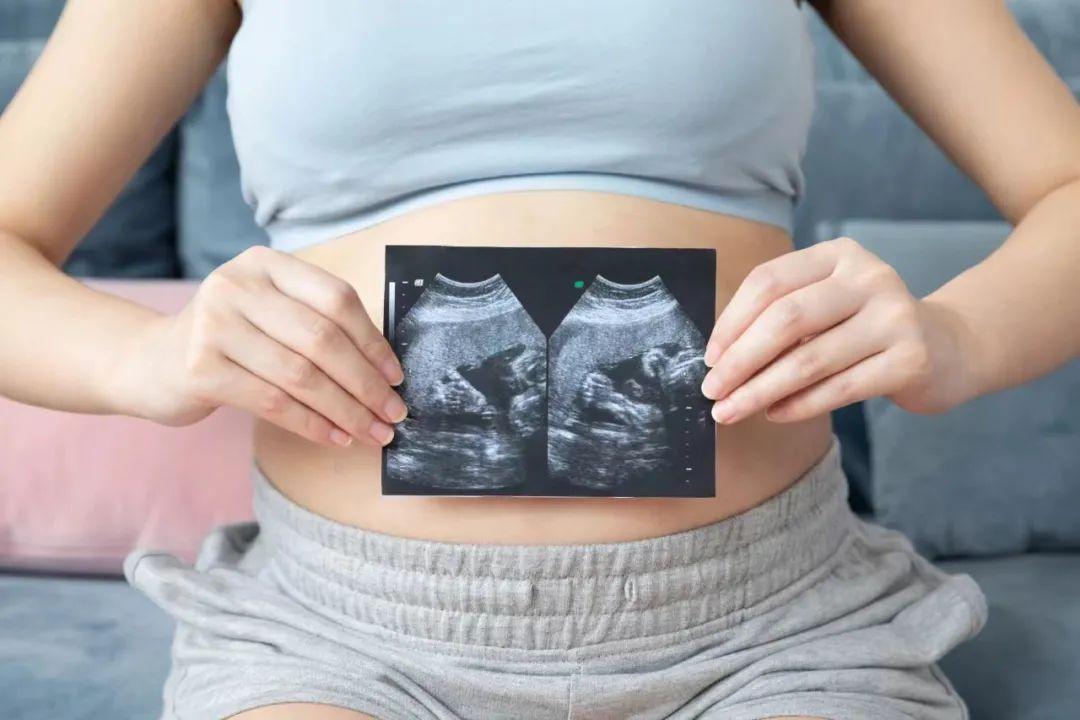A Scientific Guide to NT Screening for Surrogate Mothers

For every 1-millimeter increase in NT thickness, the risk of fetal chromosomal abnormalities rises 18-fold – this ultrasound assessment, which exists only at 11-13 weeks of pregnancy, is the most important health code in early life. Data from Brigham Hospital 2025, affiliated with Harvard Medical School, show that standardized NT screening leads to a 91% detection rate of trisomy 21-trisomy. In this article, we will combine the latest guidelines of the International Society of Ultrasound in Gynecology and Obstetrics (ISUOG) to demystify the scientific guidelines of NT screening for surrogate mothers.
I. The molecular code of NT examination: the life signals of the lymphatic system
- Anatomical nature
Nuchal Translucency (NTS) is the fluid layer between the skin and fascia on the back of the neck of the fetus, and its nature is a temporary accumulation of fluid during the development of the lymphatic system. It is a temporary accumulation of fluid during the development of the lymphatic system. When the thoracic duct is not yet fully open, the nuchal region becomes a “temporary transit point” for the return of lymphatic fluid.
- Critical time window
Biological basis: underdeveloped lymphatic system before 11 weeks of gestation; mature lymphatic vessels allow fluid absorption after 14 weeks of gestation.
Golden detection period: head and rump length (CRL) 45-84mm (equivalent to 11 weeks to 13 weeks + 6 days gestation)
Measurement error trap: excessive flexion of the fetal neck can inflate the NT value by 0.8mm.
II. the triple warning mechanism of NT thickening
| Type of risk | molecular mechanism | clinical association |
|---|---|---|
| chromosomal abnormality | Lymphangiogenic factor (VEGFR-3) gene mutation | 32-fold ↑ risk of trisomy 21 |
| heart malformation | Cardiac insufficiency → elevated venous pressure → obstruction of lymphatic return | Detection rate of congenital heart disease ↑15 times |
| genetic syndrome | Abnormal metabolism of extracellular matrix proteins (HA) | Noonan syndrome risk ↑28 times |
Typical case:
Emily Thompson (32 years old) in London had an NT of 3.5mm and was diagnosed with 22q11.2 microdeletion syndrome by whole genome sequencing and delivered a healthy baby after timely intervention.
Precision Measurement Specifications
- International standard operation
Requirements for body position: the fetus is naturally supine, with the neck in a neutral position.
Magnification ratio: the image occupies more than 75% of the screen
Measuring point: the maximum vertical distance from the inner edge of the skin to the outer edge of the fascia.
Timing: Capture the image during the intervals of fetal voluntary movement.
- Artificial Intelligence Innovation
NTScreen system developed by MIT:
Real-time recognition of anatomical landmarks in the neck (98.7% accuracy)
Automatic correction of fetal position errors
Risk classification prediction (AUC=0.93)
IV. Dynamic Interpretation Models for NT Values
- Percentile assessment method
| CRL(mm) | P95 value (mm) | P99 value (mm) |
|---|---|---|
| 45-54 | 2.0 | 2.8 |
| 55-64 | 2.2 | 3.0 |
| 65-74 | 2.4 | 3.3 |
| 75-84 | 2.5 | 3.5 |
V. Clinical decision-making path for NT thickening in surrogate mothers
- 3.0-3.4mm critical value
Combined serum screening (PAPP-A + β-hCG)
Non-invasive prenatal testing (NIPT) sensitivity increased to 99.2%
Fetal echocardiography completed by 20 weeks
- 3.5-4.9mm high risk
Chromosomal microarray analysis (CMA) detection rate ↑37%
Whole exome sequencing (WES) diagnosis rate ↑52%
Ultrasound every 2 weeks to monitor lymphoedema progression
- ≥5.0mm very high risk
Immediate chorionic villus biopsy (CVS)
Fetal MRI to assess neurologic development
Multidisciplinary consultation to develop perinatal program
Management strategies for special populations
- IVF group
NT cutoff value downward by 0.2mm (ovarian stimulation affecting lymphatic development)
Compulsory additional venous catheter blood flow assessment (DV-PI>1.0 is a danger signal)
- Patients with autoimmune diseases
Anti SSA/Ro antibody positive individuals ↑ 3 times risk of NT thickening
Hydroxychloroquine (200mg bid) from 12 weeks of gestation to prevent fetal heart block
VII. Remedial program for surrogate mothers who miss NT examination
- Alternative assessment of nasal bone-frontal angle
Measurement of nasal bone length <2.5mm + forehead angle >85° at 14-16 weeks of gestation.
Sensitivity of 88% for 21-trimester detection
- 4D hemodynamic compensation
Uterine artery PI >1.5 + Umbilical vein pulsatility index >0.45
92% predictive efficacy of NT in combination with serum PlGF
Future Technology: A Genetic Revolution in NT Screening
Exosomal liquid biopsy: captures cfDNA in fetal cervical lymph fluid for noninvasive diagnosis of RASopathies syndrome
AI Predictive Modeling: Predicting Congenital Diaphragmatic Hernia Risk from NT Thickness Gradient Changes (MIT NT-Plus System)
Nanosonic contrast agent: targeting abnormal lymphatic vessels (Stanford LymphoVis technology)
The NT test is more than just a numerical measurement; it is the code of life that deciphers fetal health. As Dr. Sarah Johnson, Director of Maternal-Fetal Medicine at Harvard Medical School, says, “This 1-millimeter band of transparency carries infinite possibilities for the future of life.” Master these cutting-edge strategies so that every new life can win at the starting line of health.






